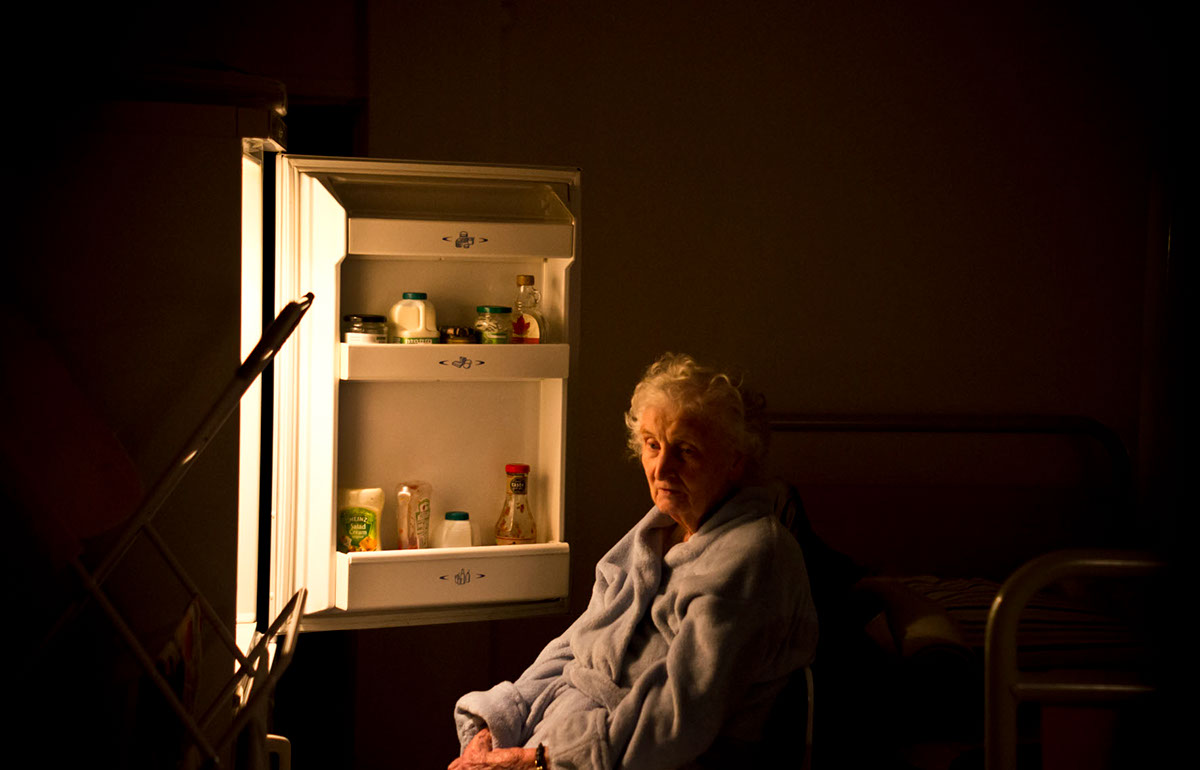H O A R D E R S

Compulsive hoarding has become a growing problem, especially among elders. In the US, as many as 6 million people, or 1 in 20, may be affected by hoarding. (LA Times)

Brenda is a 90 year-old widow living on her own. Although she lives in a four-bedroom house, she currently sleeps, eats, and lives in the kitchen as it is the only habitable room.

The rest of the rooms in her house are filled with items that she has been collecting for decades, many of which most people would throw away automatically, but she keeps as she feels 1) it would be wasteful to throw away and 2) that it could be useful in some way in the future. This reasoning has led one of her rooms to be filled almost to the ceiling with empty cardboard boxes.

There does seem to be a relationship between depression and hoarding, involving not being able to let go and an inability to organise. (Anxiety Care UK)
Brenda's hoarding did not get out of hand until the death of her husband a decade ago.
Brenda's hoarding did not get out of hand until the death of her husband a decade ago.

Hoarding behaviour is often so severe because of poor insight of the hoarding patients, meaning the understanding of a hoarding patient that their behaviours are a problem. (Tolin, 2010)

Although many treat compulsive hoarding as a type of OCD, it is a quite broad disorder, with reasons of hoarding varying a great deal from person to person. This, along with denial and the inability to gain insight into what the problem is, it is much harder for behavioural therapy to be the key to the successful treatment of compulsive hoarders. (Tolin, 2010)

